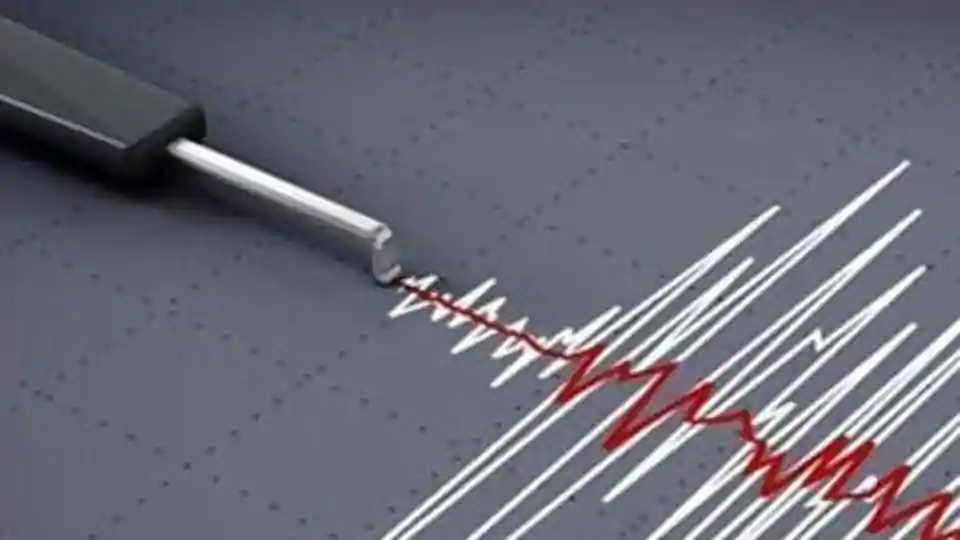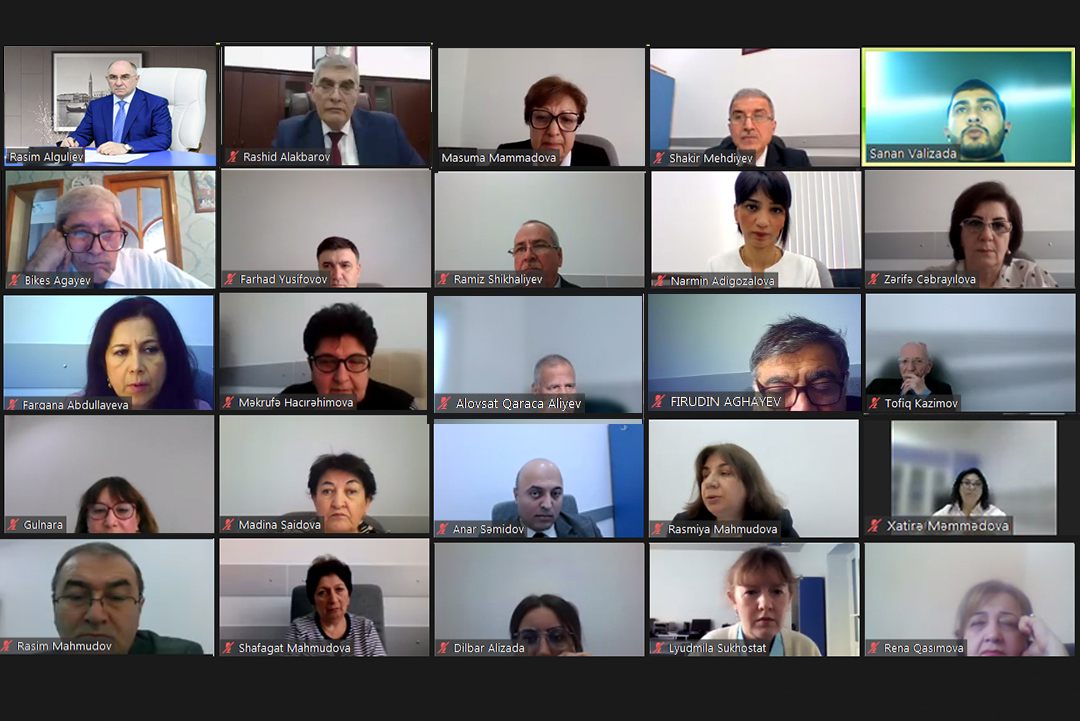NEWS
Artificial intelligence can predict earthquakes

A team of engineers from Google developed an artificial intelligence that can predict repeated seismic shocks after earthquakes.
Within a few weeks or months after a major earthquake, the damaged area is often subjected to repeated jolts, which can lead to even more destruction and complicate the recovery work. The methods by which scientists try to predict the location of aftershocks are still ineffective.
Researchers from Google AI used artificial intelligence technology to try to cope with this problem. With the help of algorithms of deep machine learning, scientists analyzed the database of earthquakes around the world to try to predict where aftershocks can occur. The system developed so far is not very accurate, but it can predict the places of repeated earthquakes much better than existing methods. Experts see the potential of artificial intelligence to solve such problems. In particular, the forecasting of aftershocks is a task that is well suited for machine learning, since it is necessary to take into account the many physical parameters that affect seismic activity, with which the neural networks are doing very well.






